The Czechoslovak’s economy was experiencing a severe downturn in the 1980s due to a decline in markets for its products, burdensome trade terms with several suppliers, and an excess of outdated machinery and technology. Several mass demonstrations were held in the country. On March 25, 1988, thousands of Slovaks gathered in Bratislava to demonstrate their religious freedom and human rights support. During this so-called “Candle Demonstration,” thousands of Slovaks held candles to show their support.
The first free elections were held in June 1990, in which the Civic Forum and Public Against Violence won decisive majorities; in July, Havel was re-elected as president. The newly elected government began the complex job of transitioning from communism to democracy by privatizing enterprises, reorganizing foreign policy, and drafting a new constitution. In June 1991, the last Soviet forces left Czechoslovakia, and the Warsaw Pact was dismantled the following month. In January 1993, Czechoslovakia split into two sovereign states, the Czech Republic and Slovakia.











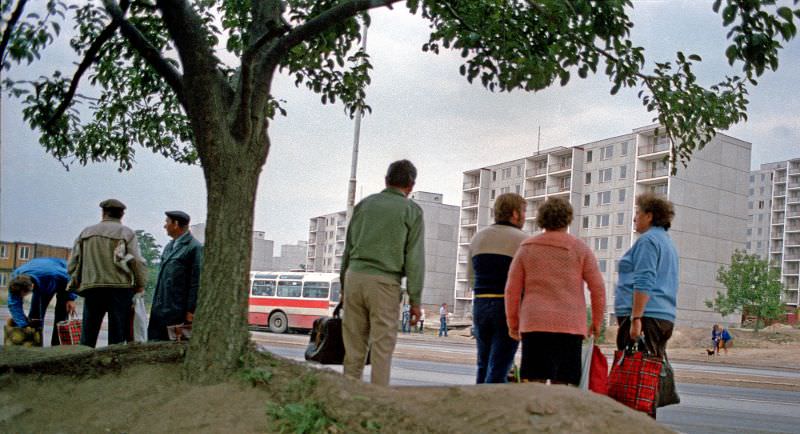
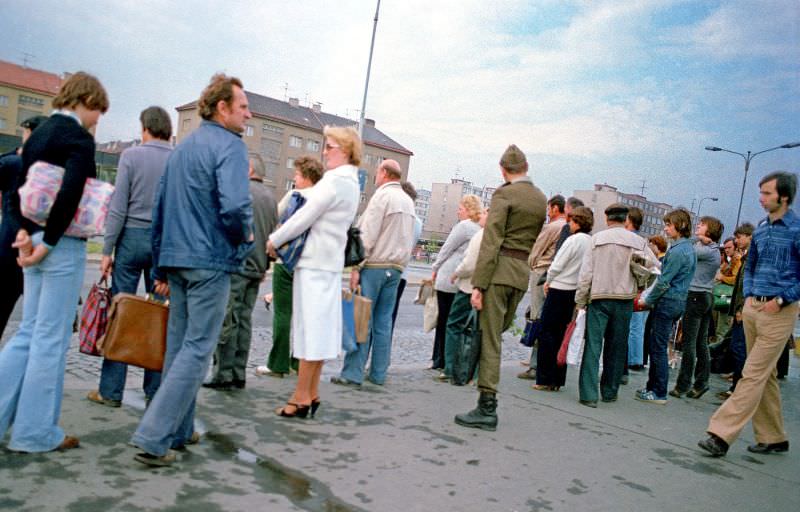
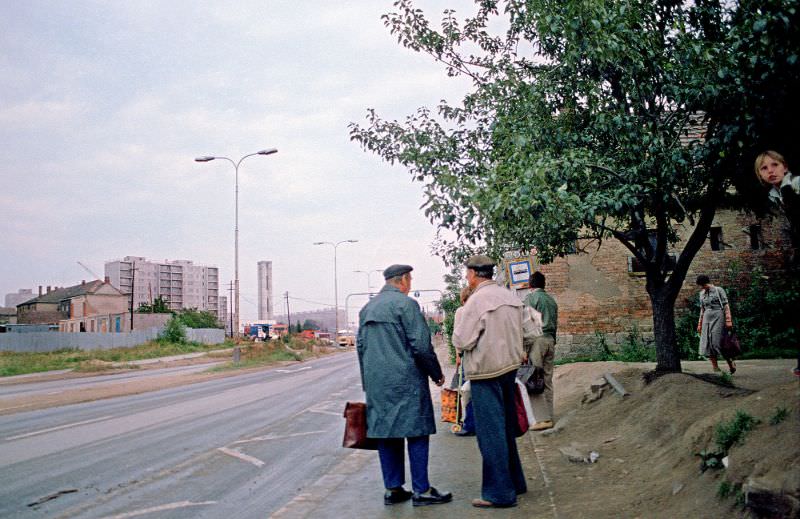

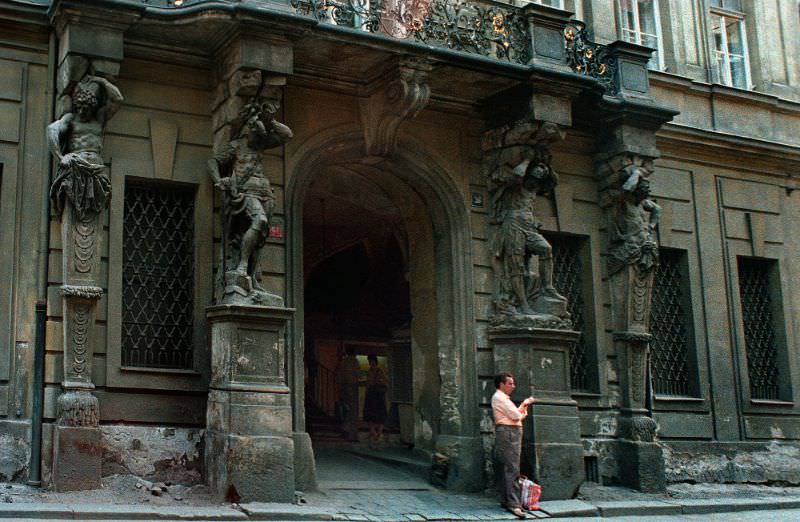
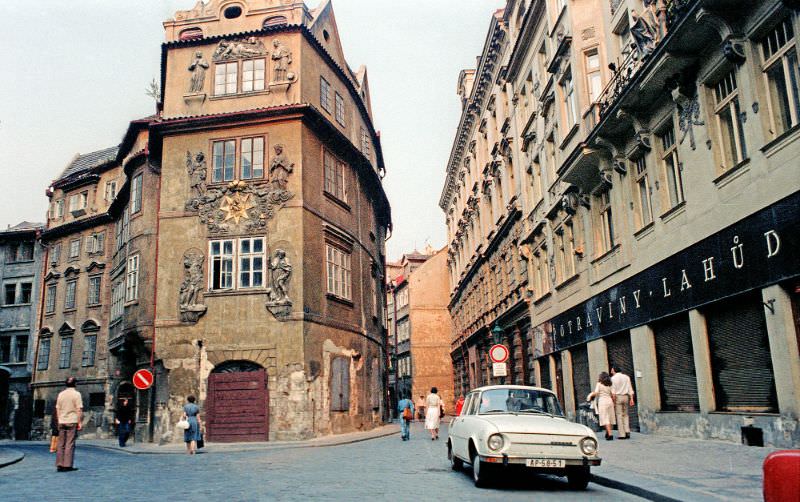










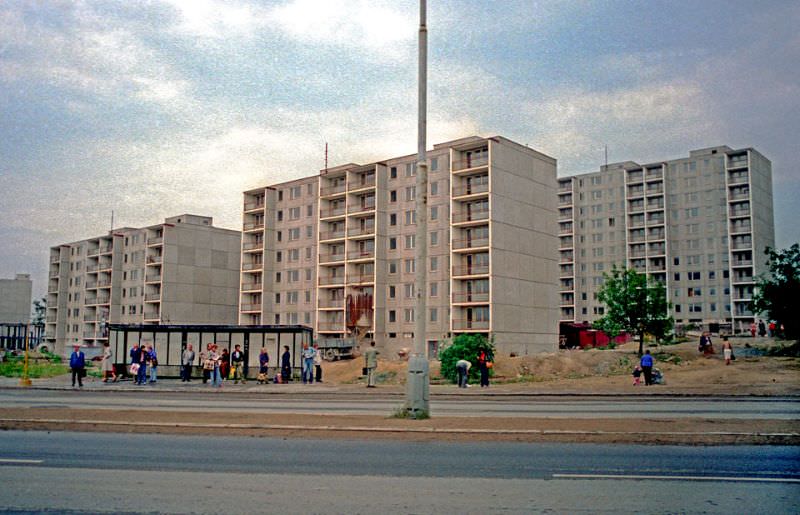



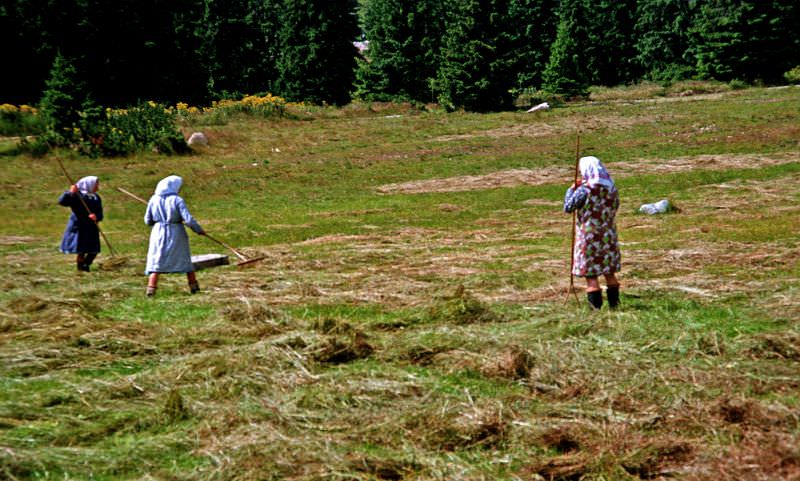





Everything looks dirty and grey. Everyone looks sad. A sad time indeed.
The centre of Prague looked as if the Second World War had just ended.
These were tourist spots, and the metro improved a lot of areas in the 1980s. It was like the end of World War 2 if there were photos from Karlin and Zizkov. Some of the locations were off-the-beaten-path or in remote areas, so he visited tourist spots like Tatry and Tabor. Liberec in 1982 was also awful and dirty, but that was a better city.
My memory recalls these scaffolds, remarkably a few near Malostranské námst.
The ubiquitous gray and grime of socialist welfare.
I watched How to Drown Dr. Mráček and it was quite fascinating to compare the places I know from today with the ruins in that movie.
these pictures were taken in some of the best areas the country had to offer, such as Prague and Poprad, which are heavily frequented by tourists. If the author had ventured to the border regions or countryside, they would have seen what looked like active war zones, as is the case with many old cities.
It’s difficult to say what’s sadder – the fact that old, beautiful buildings were demolished in favor of ugly concrete panel blocks as makeshift housing with the promise of a brighter future where everyone would have a house built by the collective, or that many of these unsightly buildings are still standing and serving their purpose to this day with no suitable replacement in sight.